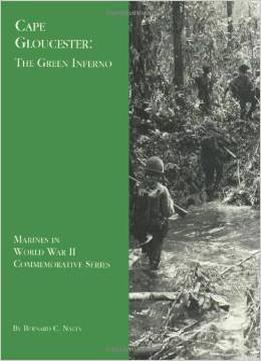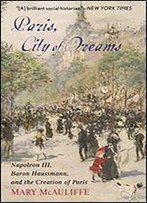
Cape Gloucester: The Green Inferno (Marines In World War Ii Commemorative Series) By Bernard C. Nalty
by Bernard C. Nalty /
2013 / English / PDF
8.6 MB Download
On the early morning of 26 December 1943, Marines poised off the coast of Japanese-held New Britain could barely make out the mile-high bulk of Mount Talawe against a sky growing light with the approach of dawn. Flame billowed from the guns of American and Australian cruisers and destroyers, shattering the early morning calm. The men of the 1st Marine Division, commanded by Major General William H. Rupertus, a veteran of expeditionary duty in Haiti and China and of the recently concluded Guadalcanal campaign, steeled themselves as they waited for daylight and the signal to assault the Yellow Beaches near Cape Gloucester in the northwestern part of the island. For 90 minutes, the fire support ships blazed away, trying to neutralize whole areas rather than destroy pinpoint targets, since dense jungle concealed most of the individual fortifications and supply dumps. After the day dawned and H-Hour drew near, Army airmen joined the preliminary bombardment. Four-engine Consolidated Liberator B-24 bombers, flying so high that the Marines offshore could barely see them, dropped 500-pound bombs inland of the beaches, scoring a hit on a fuel dump at the Cape Gloucester airfield complex and igniting a fiery geyser that leapt hundreds of feet into the air. Twin-engine North American Mitchell B-25 medium bombers and Douglas Havoc A-20 light bombers, attacking from lower altitude, pounced on the only Japanese antiaircraft gun rash enough to open fire. Cape Gloucester: the Green Inferno is a narrative of the activities of the Marine Corps. Official records and appropriate historical works were used in compiling this chronicle, which is published for the information of those interested in the history of Cape Gloucester.











